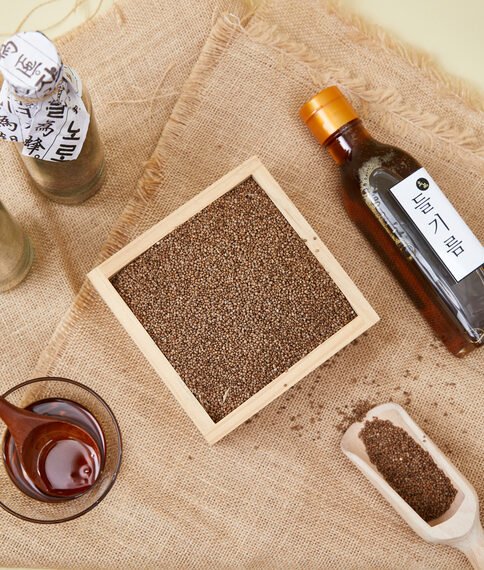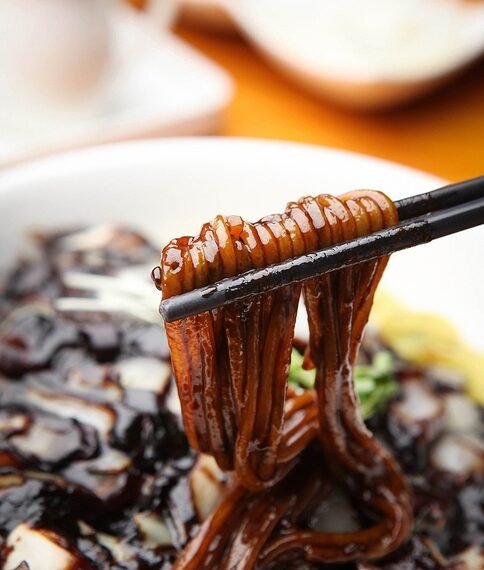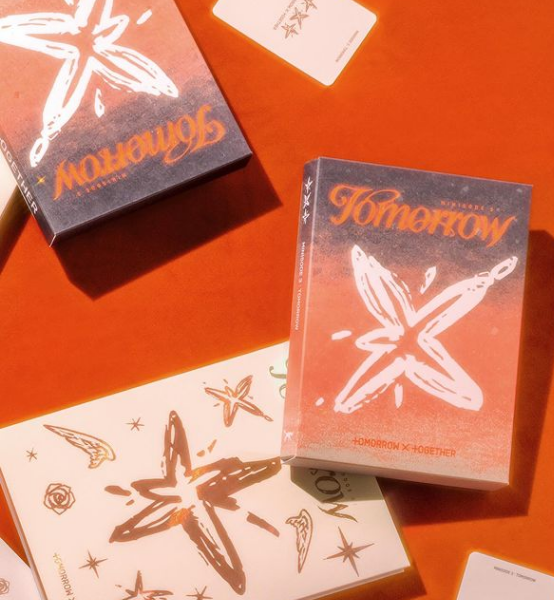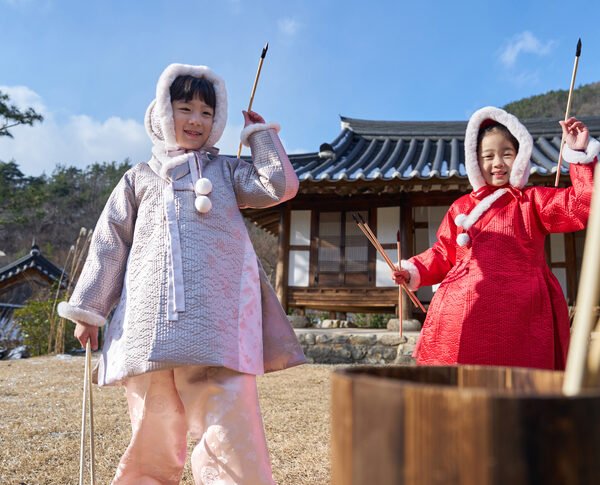If you’ve ever enjoyed a bowl of Korean cuisine, chances are you’ve tasted the rich flavors of Doenjang and Ganjang. These two fermented foods, soybean paste and soy sauce, play a vital role in traditional Korean dishes. Made from soybeans soaked in soy sauce, Doenjang is not only a main protein source in the Korean diet but has also been crafted using traditional methods for centuries. On the other hand, Ganjang, believed to have been invented in Goguryeo, the country of origin for soybeans, has been widely consumed throughout history. From the process of making soy sauce to the importance of proper storage, understanding the significance of Doenjang and Ganjang in Korean cuisine is key to appreciating the depth of flavors within this delightful cuisine.
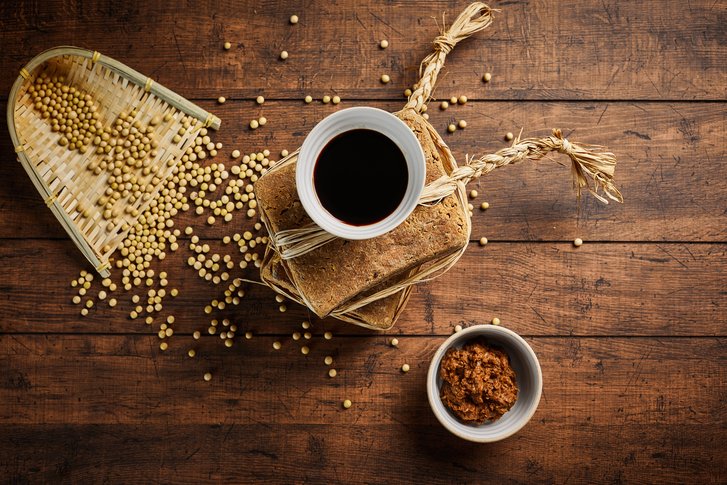
Overview of Doenjang and Ganjang
Introduction to Doenjang and Ganjang
Doenjang and Ganjang are essential ingredients in Korean cuisine. These fermented foods play a significant role in adding depth and flavor to a wide range of dishes. Doenjang, also known as soybean paste, is made from soybeans soaked in soy sauce and left over after the fermentation process. Ganjang, on the other hand, is soy sauce made from fermented soybean paste. Both of these condiments have a rich history and are deeply ingrained in Korean cultural heritage.
Importance of Fermented Foods in Korean Cuisine
Fermented foods have long been revered in Korean cuisine for their distinct flavors and nutritional benefits. They are considered essential for a balanced and healthy diet. In Korean culture, fermented foods are believed to aid digestion and promote overall well-being. The fermentation process enhances the umami flavor, making dishes more savory and satisfying. Doenjang and Ganjang are prime examples of the significance of fermented foods in Korean culinary traditions.
Difference Between Doenjang and Ganjang
While both Doenjang and Ganjang are made from soybeans, there are distinct differences between the two. Doenjang is a thicker, paste-like condiment, rich in protein and essential amino acids. It serves as a main source of protein in the traditional Korean diet. On the other hand, Ganjang is a liquid sauce that is derived from Doenjang through a separate fermentation and filtration process. Ganjang is prized for its versatility and is used as a dipping sauce, marinade, and flavor enhancer in various dishes.
Doenjang: The Main Protein Source
Traditional Korean Diet
In traditional Korean cuisine, Doenjang plays a central role as the main source of protein. It is a staple in many dishes, such as Doenjang-jjigae (soybean paste stew) and Bibimbap (mixed rice bowl). The strong savory flavor of Doenjang adds depth to these dishes, while providing a substantial amount of protein. Its inclusion in the traditional Korean diet highlights the importance of plant-based protein sources in maintaining a balanced and healthy lifestyle.
Health Benefits of Doenjang
Apart from being a significant protein source, Doenjang also offers numerous health benefits. It is packed with essential amino acids, vitamins, and minerals. Doenjang contains isoflavones, which have been linked to decreased risk of certain chronic diseases, including heart disease and certain types of cancer. Additionally, the fermentation process of Doenjang enhances the bioavailability of nutrients and promotes gut health. Incorporating Doenjang into your diet can contribute to overall wellness and longevity.
Centuries-old Traditional Production Method
The production of Doenjang follows a traditional method that has been passed down through generations for centuries. The first step involves soaking soybeans in water and boiling them until soft. The softened soybeans are then mixed with a fermentation starter called Meju. The mixture is allowed to ferment for several months in earthenware containers, creating the distinct flavor and aroma of Doenjang. This centuries-old production method ensures the authenticity and quality of Doenjang.
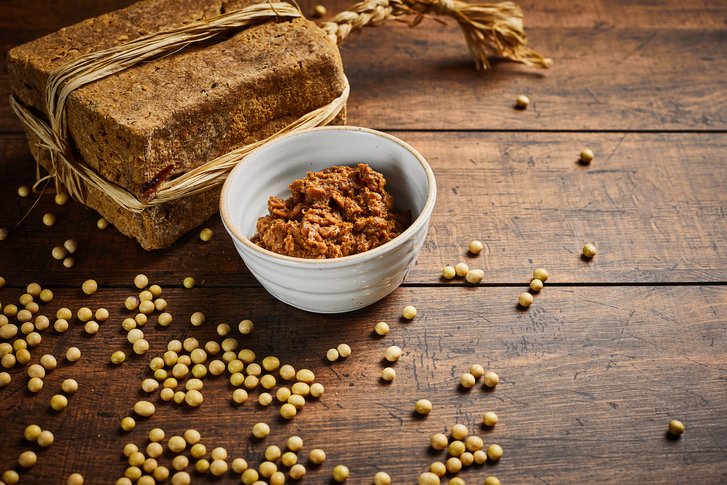
Ganjang: The Origin and Usage
Invention and Origin of Ganjang
Ganjang is believed to have been invented in Goguryeo, an ancient kingdom in Korea known for its agricultural advancements. This is the same region where soybeans were originally cultivated. The discovery of soy sauce, or Ganjang, was likely a result of experimenting with fermentation techniques using soybeans. Over time, the process of making Ganjang evolved into a refined method, creating a unique and versatile sauce that would become integral to Korean cuisine.
Historical Consumption of Ganjang
Throughout history, Ganjang has been consumed in various situations and cultural settings in Korea. It was widely used as a seasoning for everyday meals, preserving ingredients, and marinating meat. Ganjang played a vital role in the preservation of food during long winters when fresh ingredients were scarce. Its rich, savory flavor elevated dishes, making them more enjoyable and satisfying. The historical consumption of Ganjang exemplifies its significance in Korean culinary heritage.
Versatility and Culinary Applications
Ganjang’s versatility makes it a popular condiment in Korean cuisine. It can be used as a dipping sauce for various foods, including dumplings, vegetables, and grilled meats. Ganjang is also incorporated into marinades, stir-fries, and soups to add depth of flavor. Its umami-rich taste enhances the overall taste profile of dishes and elevates the dining experience. This adaptability and wide range of culinary applications contribute to the enduring popularity of Ganjang in Korean cuisine.
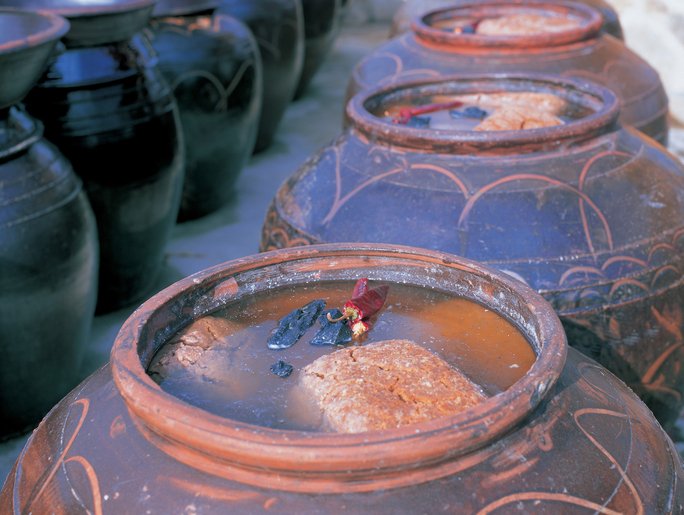
The Process of Making Soy Sauce
Preparation and Fermentation with Meju
The process of making soy sauce begins with the preparation of Meju, a fermentation starter made from cooked soybeans and wheat flour. The Meju is formed into blocks and left to ferment for an extended period. This fermentation process allows the development of enzymes necessary for the transformation of soybeans into soy sauce. The time and temperature during fermentation play a crucial role in the final flavor and quality of soy sauce.
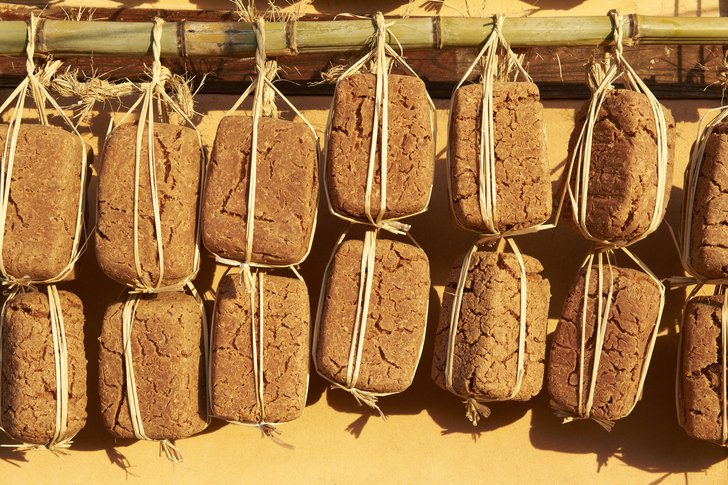
Separation into Soybean Paste and Soy Sauce
After the fermentation of Meju, it is crushed and mixed with brine to create a paste-like substance called doenjang. This doenjang is then pressed to extract soy sauce, which is separated from the solid particles. The separated liquid undergoes further filtration and refinement to remove any impurities or unwanted substances. This meticulous separation process ensures the smooth texture and rich flavor of soy sauce.
Boiling and Finalization of Soy Sauce
Once the soy sauce has been separated, it is boiled to remove any remaining impurities and to increase its concentration. Boiling also aids in the preservation of soy sauce, extending its shelf life. The boiled soy sauce is then cooled and stored in airtight containers, ready to be used in various dishes. This finalization process guarantees the safety of soy sauce and preserves its quality for an extended period.
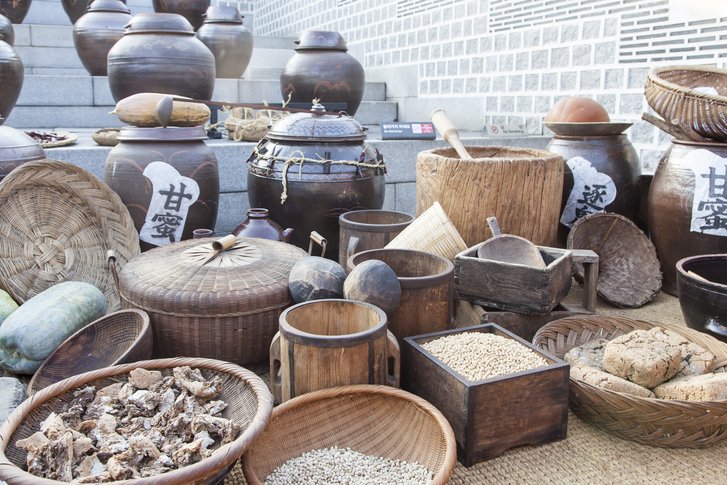
Storing and Managing Soybean Paste
Importance of Proper Storage
Proper storage and management are crucial in preserving the quality of soybean paste, especially Doenjang. Exposure to air, light, and moisture can lead to spoilage and undesirable changes in flavor. It is essential to store soybean paste in a cool, dark place with low humidity to maintain its taste and texture. The correct storage practices ensure that soybean paste retains its freshness and nutritional value, allowing it to be enjoyed over an extended period.
Factors Affecting Quality
Several factors can affect the quality of soybean paste. Temperature fluctuations and exposure to sunlight can accelerate the fermentation process, leading to an overly pungent taste. High humidity levels can encourage the growth of molds and unwanted bacteria, compromising the safety and flavor of the soybean paste. It is crucial to consider these factors when storing and managing soybean paste to ensure optimal quality and taste.
Traditional Storage Methods
In traditional Korean households, soybean paste was often stored in large ceramic jars called jangdok. These jars provided an ideal environment for fermentation and storage, as they regulated temperature and airflow. The thick walls of the ceramic jars protected the soybean paste from excessive sunlight and moisture, preserving its flavor and quality. While traditional storage methods may not be as commonly used today, they reflect the historical significance of soybean paste in Korean culture.
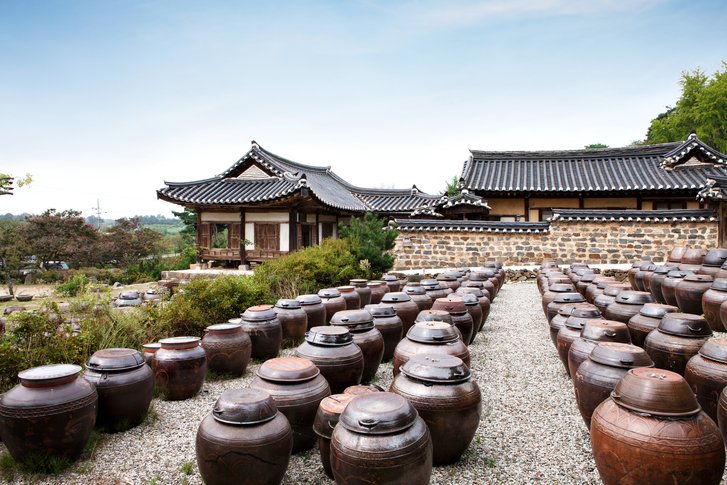
Modern Storage Techniques
Modern storage techniques aim to replicate the favorable conditions of traditional methods, while also addressing modern-day challenges. Specialized containers and refrigeration systems can mimic the temperature and humidity requirements necessary for the proper storage of soybean paste. Vacuum-sealing and airtight packaging techniques further extend the shelf life of soybean paste, allowing it to be enjoyed by a wider audience. These modern storage techniques ensure that the quality and safety of soybean paste are maintained, regardless of external conditions.
In conclusion, Doenjang and Ganjang are more than condiments – they are integral components of Korean cuisine and cultural heritage. The centuries-old production methods, health benefits, and culinary applications of Doenjang and Ganjang showcase their significance in Korean culinary traditions. Understanding the differences between these fermented foods, the process of making soy sauce, and the importance of proper storage allows us to appreciate the depth and complexity they bring to the table. So, the next time you savor the rich flavors of Korean cuisine, take a moment to appreciate the magic that Doenjang and Ganjang add to your dining experience.


